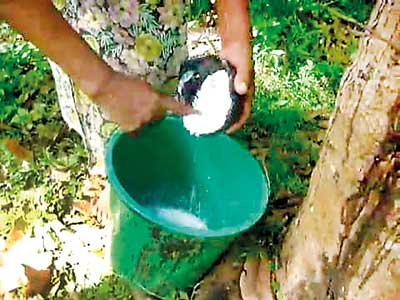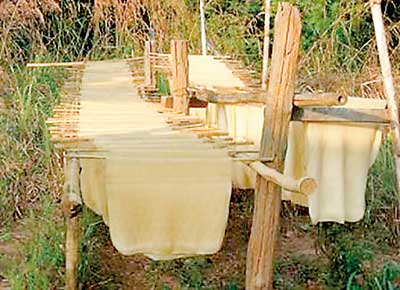Reply To:
Name - Reply Comment
Last Updated : 2024-04-25 13:23:00
 By Dr. N.Yogaratnam
By Dr. N.Yogaratnam become attractive to many agricultural producers worldwide because of benefits such as the assured market and access to support services. It is also a system of interest to buyers who are looking for assured supplies of produce for sale or for processing. Processors are among the most important users of contracts, as they wish to assure full utilization of their plant processing capacity.
become attractive to many agricultural producers worldwide because of benefits such as the assured market and access to support services. It is also a system of interest to buyers who are looking for assured supplies of produce for sale or for processing. Processors are among the most important users of contracts, as they wish to assure full utilization of their plant processing capacity. Rubber out-grower scheme in Ghana
Rubber out-grower scheme in Ghana
Add comment
Comments will be edited (grammar, spelling and slang) and authorized at the discretion of Daily Mirror online. The website also has the right not to publish selected comments.
Reply To:
Name - Reply Comment
US authorities are currently reviewing the manifest of every cargo aboard MV
On March 26, a couple arriving from Thailand was arrested with 88 live animal
According to villagers from Naula-Moragolla out of 105 families 80 can afford
Is the situation in Sri Lanka so grim that locals harbour hope that they coul